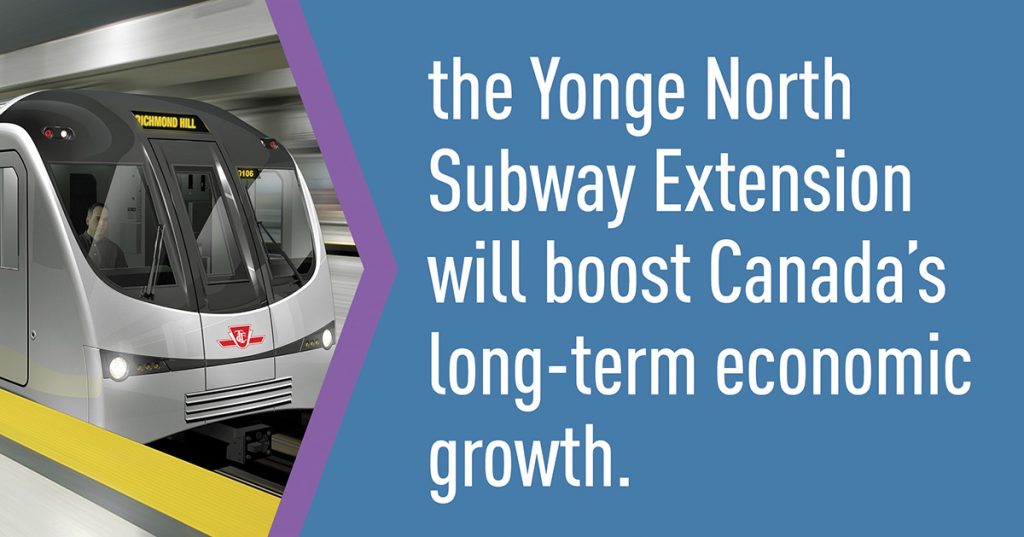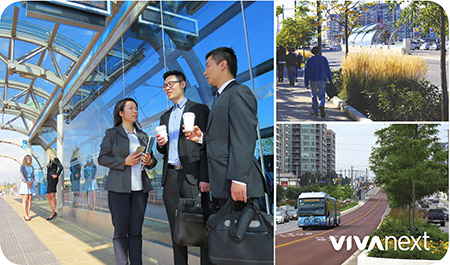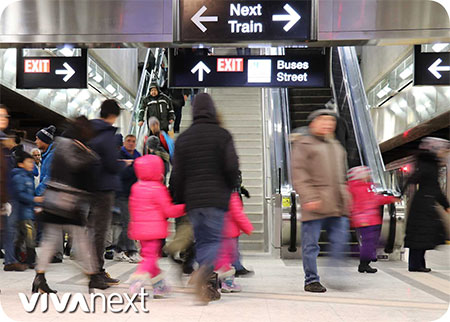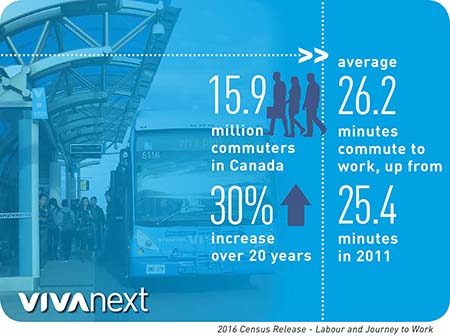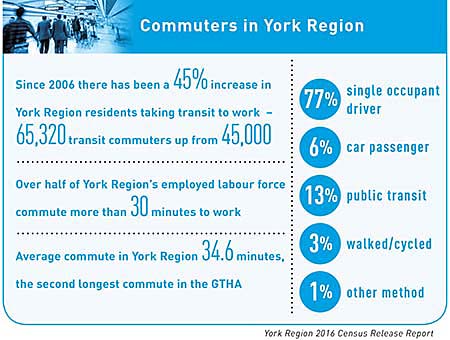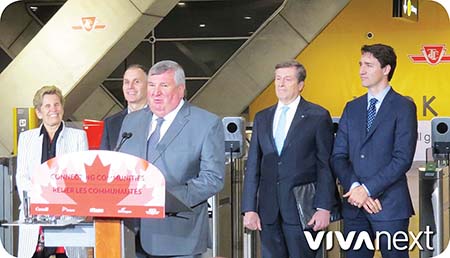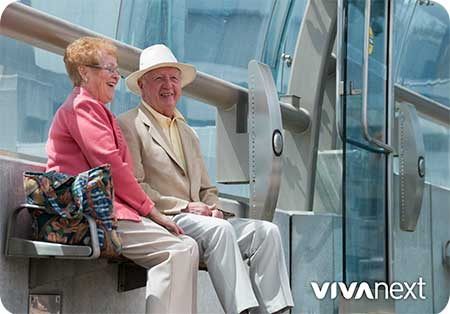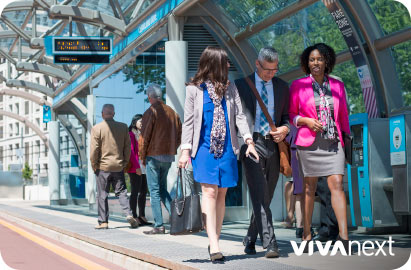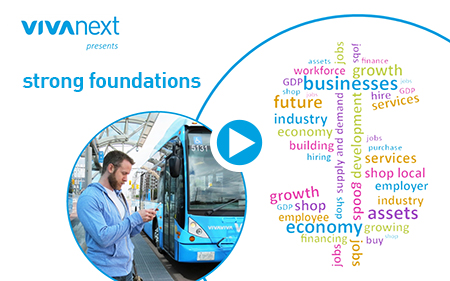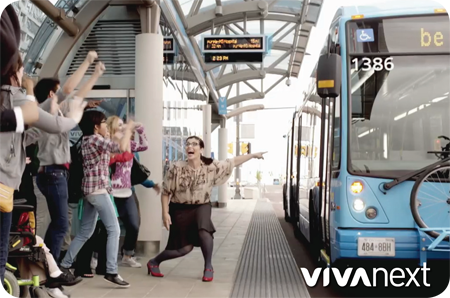Last month, Metrolinx released their Yonge North Subway Extension Initial Business Case, and for those of you who aren’t already experts on transportation planning, that means this critical project has taken one step forward. As always with large infrastructure projects like this, there are more steps to come. There’s a consultation process just getting started, and that will help answer some of the questions around where the stations should be, and the route the extension takes [aka. The “alignment”]. This is the first of several future blogs that will help our communities get more familiar with the Yonge North Subway Extension project and the important benefits it brings to York Region.
the process
The purpose of an Initial Business Case is to analyze different options or designs for a project, to come up with a preferred option before moving on to preliminary design and procurement [and more business cases], followed by construction. In this case, Metrolinx has developed new alternatives to the route and stations, including Option 1 that was selected as part of an Addendum to the Environmental Project Report York Region completed in partnership with the TTC and Toronto in 2013, and new second and third options.
More decisions are yet to be made, and Metrolinx has kicked off a series of public engagement opportunities. A Supplementary Analysis contains refined information for Option 3, and this and the Business Case will help support the Province’s application for funding.
funding this critical project
There’s also the very important step of acquiring a full funding commitment from the federal government [the Province committed to funding their share in 2019].To help build the case for this missing link in the Greater Toronto and Hamilton Area [GTHA], York Region commissioned a federal submission by Deloitte to ensure the project has a robust funding application.
the benefits
One thing we know for sure is how important the Yonge North Subway Extension is to the economic recovery and growth, environment, and mobility of the local and greater areas where it’s being built.
Over 52,000 new jobs during construction and 5,000 after opening, 12,000 new housing starts, and an overall contribution to over $7.8 billion in Gross Domestic Product will help produce a positive cycle of economic change.
Annual reductions of 4,800 tonnes of auto-related greenhouse gas emissions will move the GTHA a little farther on the track to Canada’s target of net-zero emissions, due to 7,700 fewer vehicle kilometres travelled during morning peak hours.
Within the first five years of service, over 13 million new subway riders annually will have improved access to potential employment, housing and other services, regardless of ability, family status, socio economic circumstances, etc.
Looking ahead, we will examine other key areas of Deloitte’s federal submission report, outlining important benefits that come with investments in infrastructure projects like the Yonge North Subway Extension.
There are important things to sort out, but this has been a project in the making for 20 years, and we need to keep moving it forward to get it where it needs to be. And we’re all on board for that.

